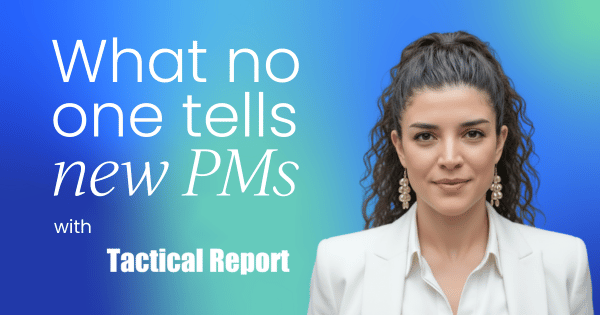Your first year as a product manager will break every expectation you have.
Guides promise frameworks. Blog posts list tool stacks. But nothing prepares you for the reality: making decisions with half the data, twice the pressure, and no clear playbook.
Every PM you admire once stood there – overwhelmed, uncertain, quietly asking: Am I cut out for this?
To cut through the noise, I spoke with three PMs from very different backgrounds:
- Katy → became a PM “by chance” at a top-tier media publisher and health-tech startups.
- Randy → decades in IT but suddenly a first-time PM, rebuilding a legacy product from zero.
- Jad → left project management to carve out a PM role from scratch.
Different paths. Different industries. But the same struggles – and lessons every new PM should hear.
Katy: The accidental PM
“Don’t do it alone. Community compounds learning – and turns hard problems into shared playbooks.”
Katy's entry into PM wasn’t planned. Mentors at work nudged her into product. Natural strengths – execution, communication, stakeholder alignment – made her stand out, but developing true product sense took time.
“In B2B, you’re handed requirements. In B2C, you have to anticipate what users don’t say. That’s way harder.”
Her growth didn’t come from frameworks alone. It came from people: peers at big companies who excelled in data, storytelling, or strategy. She leaned on them heavily and tapped into professional communities for support.
She also experimented with technical and data workshops that clarified what she needed most: breadth of engineering knowledge and hands-on data literacy.
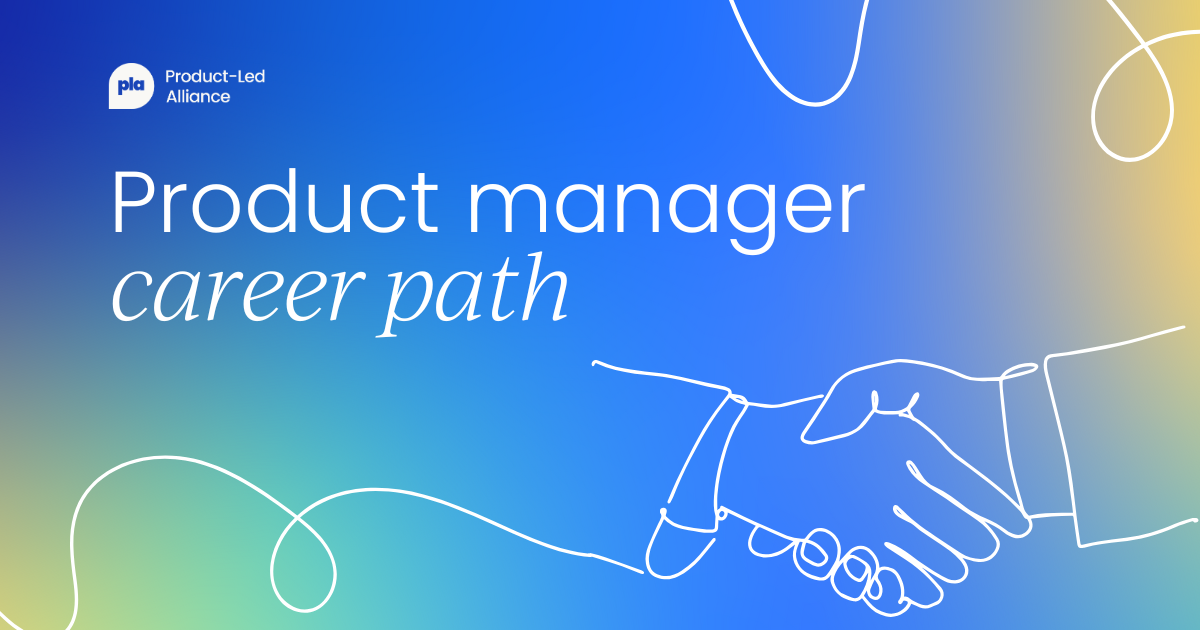
Randy: The veteran turned first-time PM
“Curiosity beats certainty. You’ll waste time, you’ll make wrong choices, but that’s how you build instincts no course can teach.”
Randy’s story is the one no course prepares you for.
After decades in IT, his childhood friend handed him a crumbling platform and said: “Rebuild it.” Overnight, he became a PM.
You’d expect the toughest part to be working with developers. Not for Randy.
“The hardest part wasn’t coding – it was the avalanche of tools.”
CRMs. Ticketing systems. Analytics platforms. None integrated. No source of truth.
He survived by cobbling together resources: hours of self-study, events like PLA’s that gave him exposure to modern PM practices, and late-night calls with peers. Even AI tools helped him compare options and make sense of the chaos.
What he wanted most wasn’t another framework. It was a clear guide mapping tools to each stage of the product lifecycle.
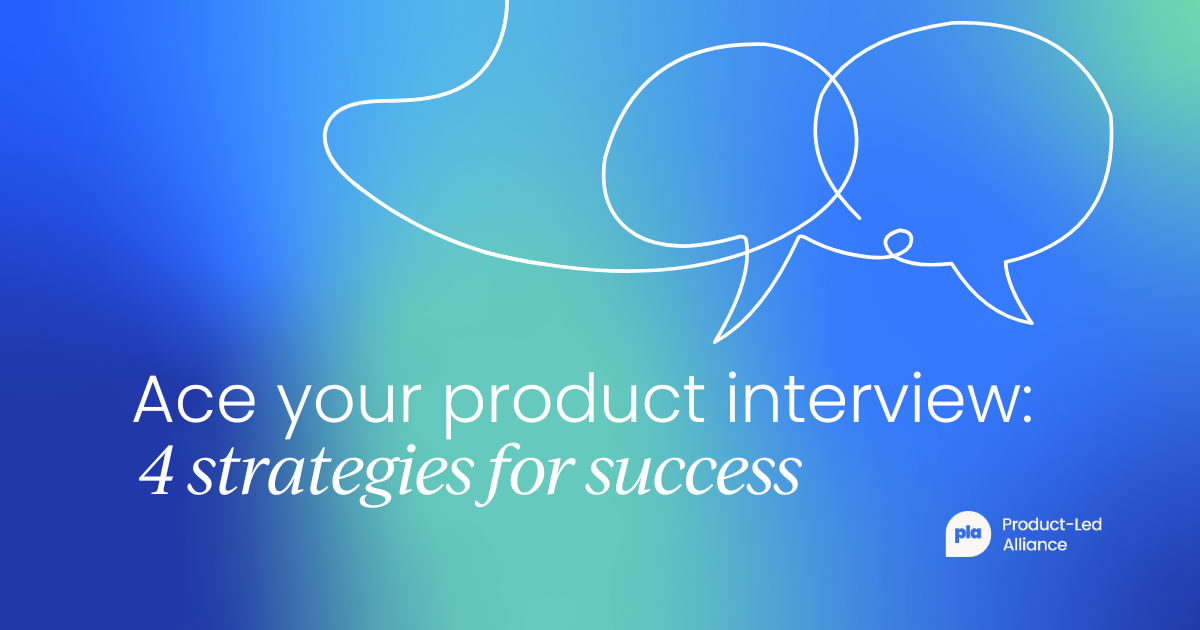
Jad: The solo builder
“Be passionate about solving problems. Learn to say no early. And don’t be afraid to challenge the vision – you’re there to shape it.”
Jad left five years of project management to chase something bigger than deadlines: the chance to actually solve real problems.
He tried different online learning programs, but his real crash course came from interviews and take-home assignments.
“The case studies taught me more than the courses ever did.”
Landing his first role felt like a win – until reality set in: no guidance, no structure, just a CEO expecting results.
- Biggest shock: Prioritization chaos. Everyone wanted everything yesterday.
- What he tried: A few frameworks; some too rigid in the early chaos, others more practical.
- Lesson learned: Tools help, but instinct and alignment with business priorities matter most.
Colleagues also misunderstood his role, assuming “PM” meant task manager. Jad had to teach them – while still teaching himself – that product is about toggling between strategy and execution.
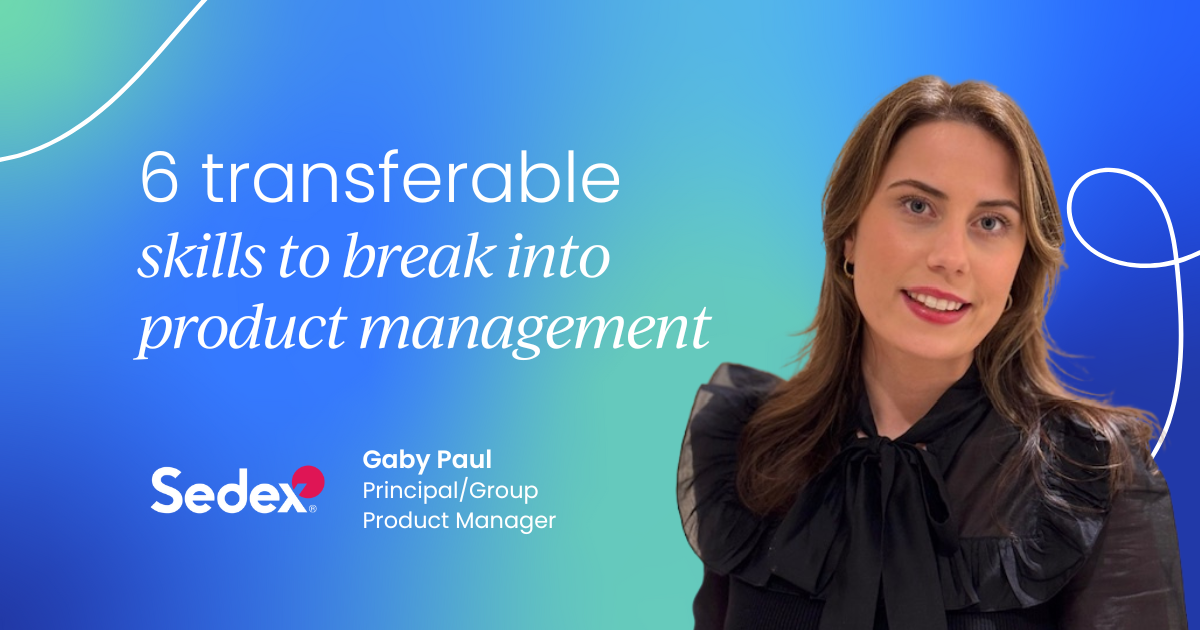
What their stories reveal
Across three totally different paths, the struggles rhyme:
- Ambiguity is guaranteed. You won’t have perfect data or direction – ship anyway.
- Guidance is rare. Communities and peers > any certificate.
- Influence > execution. Great PMs don’t just push tickets – they align humans and shape vision.
My story: Learning in the deep end
Like Jad, Katy, and Randy, I learned quickly that there is no such thing as a smooth first year.
I came into product management from a design background. I thought my biggest challenge would be crafting intuitive interfaces and experiences. Instead, the real challenge was balancing design instincts with business priorities, learning to prioritize ruthlessly, and realizing that “done” is often better than “perfect.”
I also discovered that:
- Tools are only as useful as the clarity of the problem you’re solving.
- Asking “why” five times with stakeholders is more powerful than any framework.
- My fastest growth didn’t come from courses – it came from talking to peers, mentors, and communities like PLA.
That’s why the stories I collected resonated so much with me. Together, they shape a framework I now call the 3Cs of surviving year one – a practical guide I wish I had on day one.
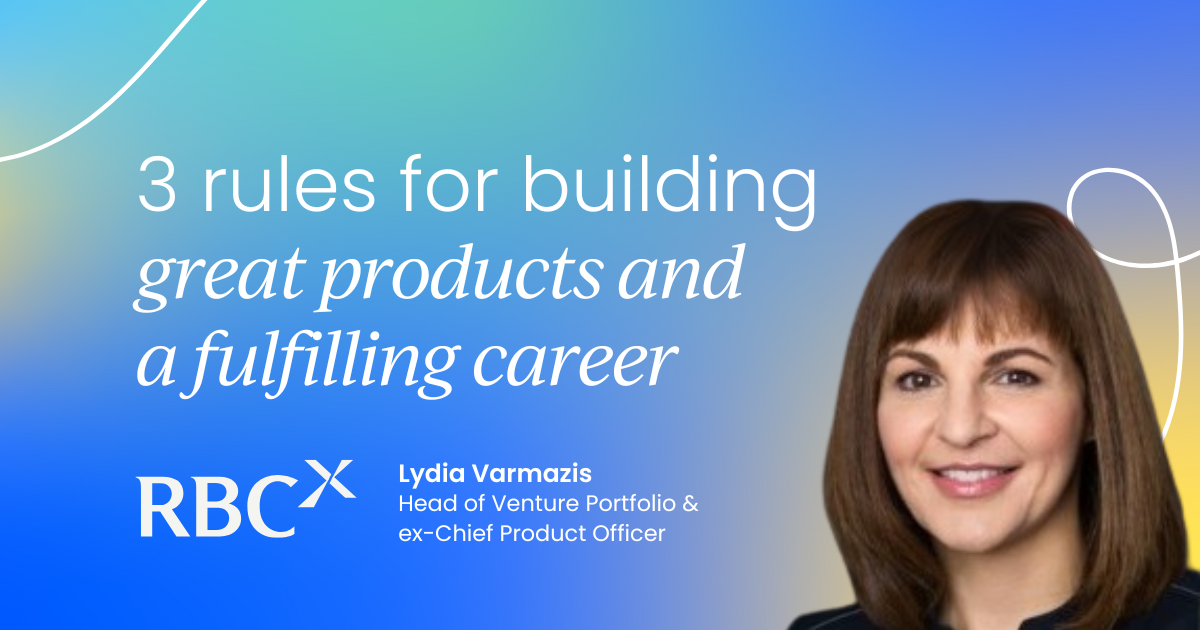
The 3Cs of surviving year one
Neuroscience tells us the brain loves threes. So here’s a model – Clarity, Confidence, Community – that you can actually apply to your work tomorrow.
1. Clarity
When there’s no process, create one. Without clarity, you’ll drown in noise.
How to do it:
- Start with a simple roadmap. Don’t over-engineer. Jad used quarterly themes and monthly refinements tied to sales goals – lightweight but effective.
- Visualize tradeoffs. Use a value-complexity matrix. Put features on a 2×2 grid: what’s high-value, low-effort? Do that first.
- Set boundaries. Share the roadmap widely. This makes it easier to push back on random requests.
Your next step: Take one current list of “everything stakeholders want.” Map it on a value-complexity matrix. Then cut or delay the bottom-right quadrant (low value, high effort). Share the visual. Watch alignment improve overnight.
2. Confidence
Saying no feels risky when you’re new. But without it, you’ll never deliver impact.
How to do it:
- Reframe “no.” Katy's trick was to replace “no” with “not now, because…”, anchoring decisions in data or strategy.
- Trust experiments. Randy wasted time on tools he abandoned, but that was part of his learning. Treat failed experiments as progress, not mistakes.
- Challenge vision respectfully. Jad learned the CEO’s vision wasn’t always aligned to users. His job wasn’t to follow blindly, but to refine it.
Your next step: At your next prioritization meeting, practice saying “not now” to at least one request. Back it up with a simple metric (revenue tie, user impact, effort). The act of doing this once will build the muscle to do it again.
3. Community
No PM succeeds alone. Guidance doesn’t magically appear – you have to seek it.
How to do it:
- Find your tribe. Katy leaned heavily on colleagues and Slack groups. Randy found PLA events and peers invaluable.
- Ask for 360° feedback. Ask sales for the top three reasons deals are won or lost. Check with marketing on which messages are resonating. Sit in on a customer success or support call to hear user pain points firsthand.
- Be proactive. Don’t wait for mentors to knock on your door. Send that DM. Ask that “dumb” question. Most PMs love to help because they’ve been there.
Your next step: This week, message one peer in your company (or in PLA Slack) and ask: “What’s one thing you wish PMs knew from your side of the work?” You’ll gain insight + build trust in one conversation.
Final word
Jad built from scratch. Katy leaned on mentors. Randy wrestled tools. I wrestled priorities and the shift from design to product strategy.
Different journeys, same truth: growth starts where certainty ends.
So if you’re in your first PM role feeling lost – you’re not failing. You’re standing where every great PM once stood.
And that’s the beginning of your story.



 Follow us on LinkedIn
Follow us on LinkedIn





